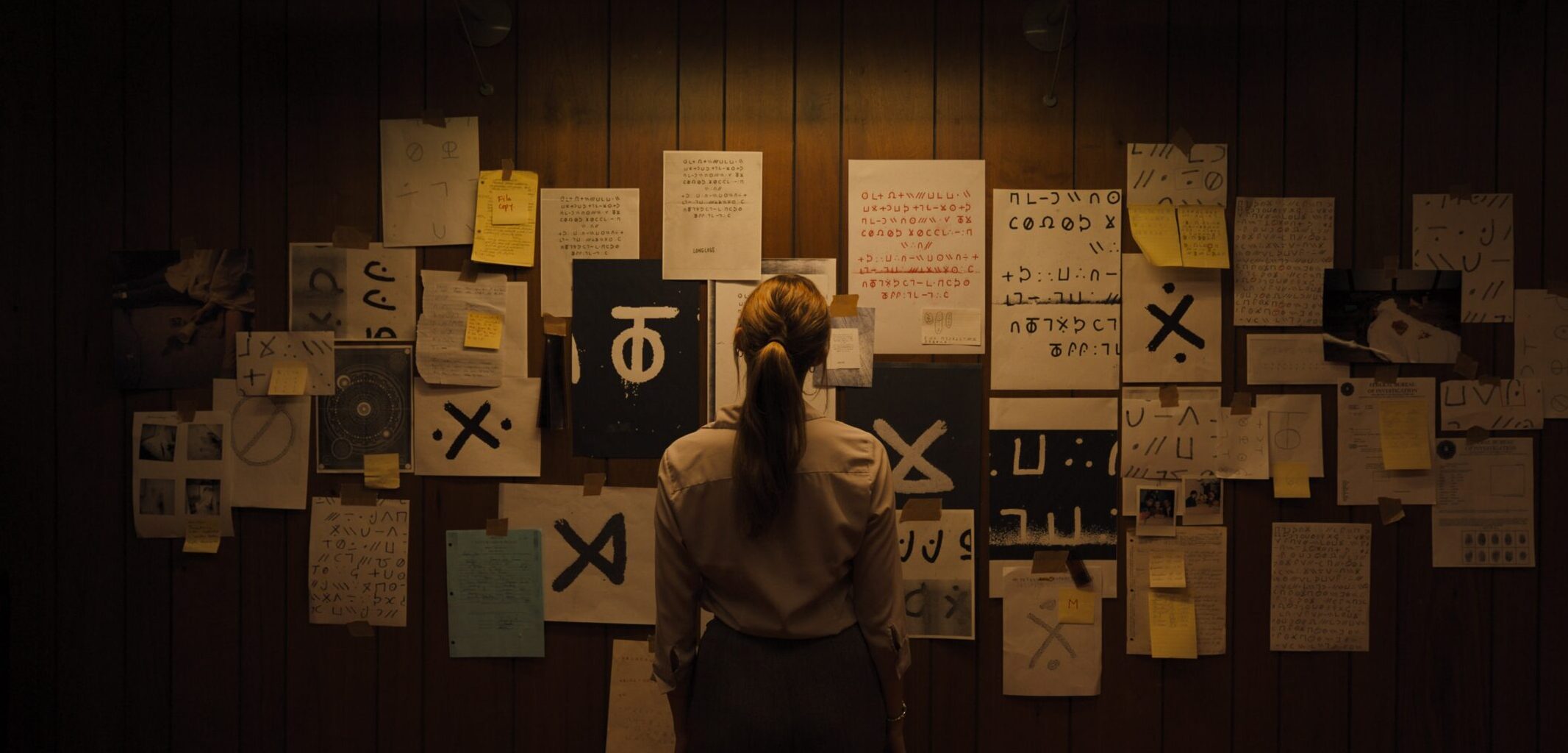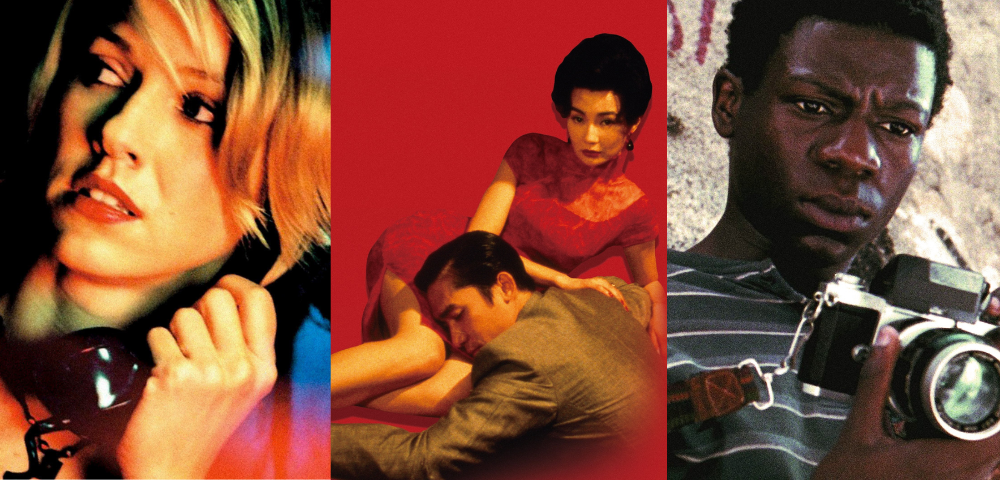
‘Longlegs’ amps the anxiety up to eleven

Spoiler warning: Though this review doesn’t have any major spoilers, Longlegs is best experienced blind. If you haven’t seen the film, read ahead at your own discretion.
The first time I really thought to myself “I’ve got a bad feeling about this” when watching Longlegs was about 15 minutes in. It’s a moment where our investigative protagonist Lee (Maika Monroe) is completely alone in her house, and something feels… off.
The camera doesn’t centre fully on her, allowing the eyes to wander to the open doorways that all but invite horrors through them. I then realised every scene was like this – every shot placement and sound hand-crafted to conjure distrust and fear of the film you’re watching. Even when those horrors do arrive, it’s not any less frightening.
That sense of nightmarish dread is what pervades Longlegs, making it a harrowing horror procedural that amps the anxiety to eleven from minute one. Director Osgood Perkins (son of Anthony Perkins, Norman Bates in Psycho) avoids using cheap scare tactics, opting instead to instil a more existential fear into the viewer about the evil that lurks beneath everyday life.
Longlegs starts as many other movies of its ilk do – a Satanic serial killer called Longlegs (a terrifying Nicolas Cage) seems to be causing the fathers of families to commit murder-suicides. Leaving a bizarre pattern and a seemingly indecipherable code in his wake, FBI Special Agent Lee Harker begins to unravel the mystery, and is increasingly disturbed by what she finds.
Though the basic narrative setup is nothing crazy, Longlegs thrives on its strong cultivation of mood to create a uniquely unpleasant vibe. There’s nothing romantic about this vision of the 90s that Perkins has created with cinematographer Andres Arochi, with the connection between its characters feeling threadbare and inauthentic.

With Perkins at the helm, Longlegs has an even crueller worldview than other films in the horror procedural genre, such as Se7en and The Silence of the Lambs. There’s no sense of hope in the film – only the occasional dry joke – as regular people are swept up in the machinations of forces beyond their control. As Lee realises she might not be in control either, the film’s sense of dread grows further, owed in part to Maika Monroe’s stellar turn as the FBI agent.
Nicolas Cage’s terrifically creepy performance as Longlegs casts a dark shadow over the whole film, even when the actual character often feels less developed than you may hope; the idea of him is more important than his actual motives. Cage still effectively uses his time to leave a lasting impact on Longlegs, and his performance implies that Longlegs is merely a conduit for an even greater evil, and that Cage can still consistently surprise us.
The climax of Longlegs does falter a bit though, a regular symptom of horror films that attempt to lift the curtain on the terror of their stories and worlds. Nonetheless, its a thematically cohesive conclusion, all while providing some of the film’s most stomach-churning moments. Regardless of if you fully buy in, this final stretch will undoubtedly leave its mark on you.
All in all, Longlegs is an absurdly effective piece of horror that’ll find its way inside your mind and stay there, whether you like it or not. Don’t be surprised if you’re double checking the dark corners of your house after seeing the film, just in case.
★★★★
Longlegs opens in Australian cinemas July 18th.









